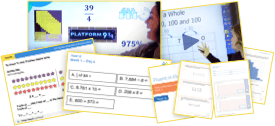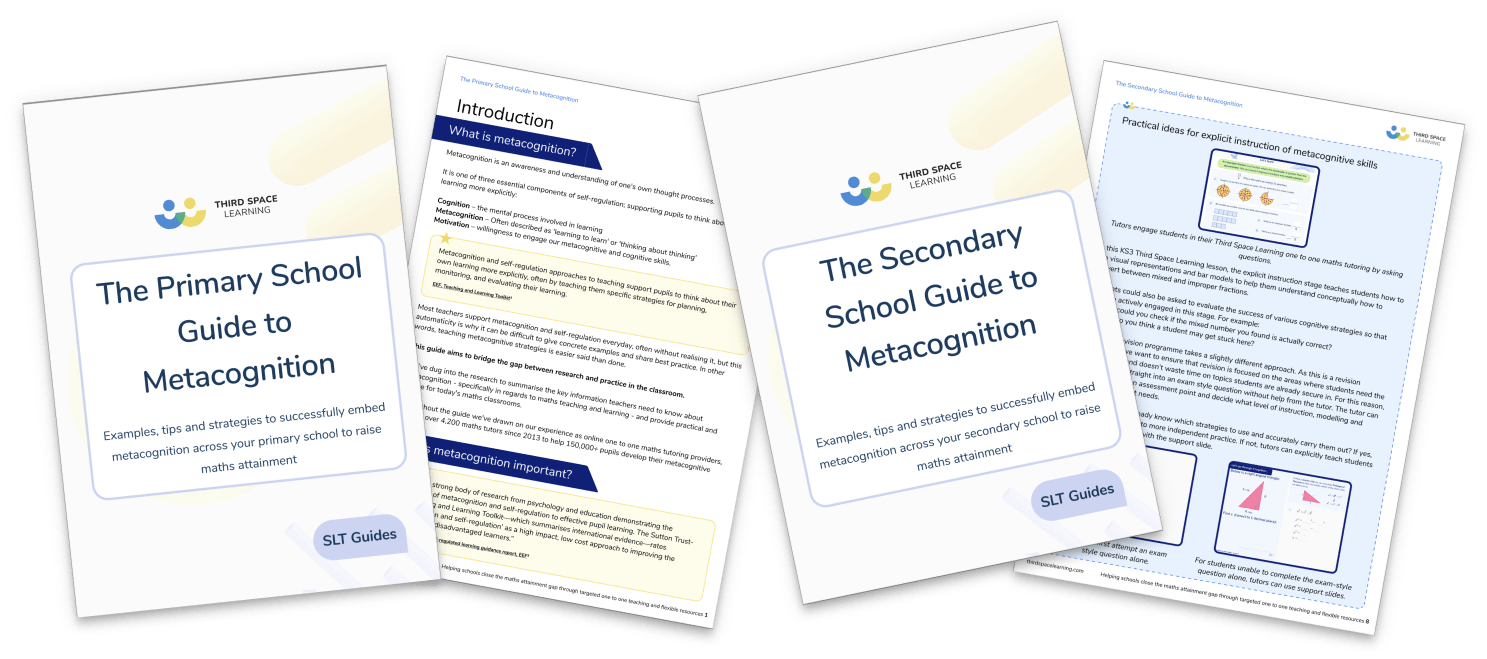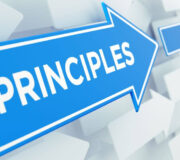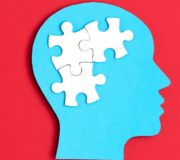The Most Effective Teaching Strategies To Use In Your School: Evidence Based And Proven To Work
Gather a room of teachers together and they will give you as many teaching strategies as there are topics in the curriculum.
This article introduces the 13 most important teaching strategies for all primary and secondary schools. These teaching strategies have been proven to work in schools like yours to improve learning outcomes and student engagement. They are also the ones that we use every week with the thousands of pupils we teach in our online, one-to-one maths interventions.
We then consider 7 additional popular teaching strategies and 6 learning strategies that your pupils should know about to empower them to move their learning forward as independent learners.
Teaching strategies taken from the best of UK education research
In the last 5 years, there has been an increasing influence of large-scale research and evidence on the education sector in the UK. We have learned more about how children learn, and consequently how we can better teach them.
Whether that’s a greater awareness of the EEF Toolkit and their randomised controlled trials, the growing ResearchEd movement, or even just the vibrant #edutwitter community, many more teachers now are taking their professional development into their own hands.
More teachers than ever are aware of John Hattie’s ‘Index of Teaching and Learning Strategies’, and are wary of implementing new instructional strategies unthinkingly; no one wants to be stung by another ‘learning styles’ waste of effort.
But even when you know there may be better and more efficient ways to develop your students’ understanding, choosing which of these teaching strategies to start with and how to integrate them into learning activities can be a challenge. This article aims to guide you through this.
The Ultimate Guide to Metacognition
Step-by-step guidance to supporting your students to develop metacognition with practical strategies for the classroom
Download Free Now!What are teaching strategies?
Teaching strategies are teaching methods and techniques that teachers will select and deploy to support their pupils or students through the learning process. A teacher will choose the teaching strategy most suitable for the topic being studied, the level of expertise of the learner, and the stage in their learning journey.
In one single lesson, a teacher may use many different teaching strategies to work towards different learning goals. The most effective teaching strategies are those proven to work over large-scale trials. There is no requirement for a teaching strategy to be innovative, although of course some of them are.
List of teaching strategies for primary and secondary schools
These are the 13 most important teaching strategies that you should have in your teaching toolkit.
No-one is suggesting you will use them in every lesson, but an awareness of what they are, when to use them and the results you can expect is essential to develop your practice.
And of course, if you’re a school leader, or responsible for CPD in your school, knowing what’s current pedagogy and evidence-backed is key so that you can make an informed choice the next time somebody suggests implementing a new or innovative teaching technique.
We recommend all teachers stay up-to-date by reading educational blogs and listening to the best educational podcasts, as well as engaging in professional debate and drawing on the wealth of knowledge sharing on social media.
1. Connect with learners
The basis of all good teaching is an understanding of your pupils and their learning needs. Allied to this is the connection you establish and maintain with pupils.
The relationship between teacher and student is a vital element of the learning experience. Take time to get to know a new class from the first day, and understand what motivates them and their barriers to learning. This is an often overlooked teaching strategy.
In Third Space Learning’s online one to one maths intervention, teachers can inform tutors of any special educational needs before sessions begin so all students can be appropriately supported by their tutor from their very first session.
Additionally, students complete diagnostic questions which not only helps to identify misconceptions and gaps in pupils’ learning but also asks about students’ hobbies and interests. Tutors can use this information to adapt and personalise sessions to engage pupils further. Unlike some other online providers, pupils receiving tutoring with Third Space Learning also have the same tutor every week allowing them time to build and nurture positive relationships.
2. Appropriate use of summative and formative assessment
The first stage here is making sure you know the difference between formative and summative assessment. It may sound obvious, but you’d be surprised how many teachers don’t use each appropriately.
To cover them quickly:
Summative assessment refers to an assessment that takes place after a block of work has been completed, whether this is a term or a year. They are best thought of as assessments of learning.
Formative assessments are those that take place day-to-day and are used to gauge pupils’ understanding of a topic – they are assessments for learning. Formative assessment is often used in a diagnostic capacity, to help us identify whether pupils are struggling with a topic in the moment. This then guides and adapts our instruction during the lesson, to better meet children’s needs.
Read more: Adaptive teaching
Diagnosis of children’s gaps using formative assessments
We advocate the use of these kinds of diagnostic assessment to identifies a child’s misconceptions. Usually this is best achieved through a set of multiple choice questions.
As well as the correct answer, we can include multiple distractors – answers that are incorrect based on a misconception a child may have e.g. around multiplying. If a child chooses an incorrect answer therefore, we can easily identify exactly where their thinking has gone wrong.
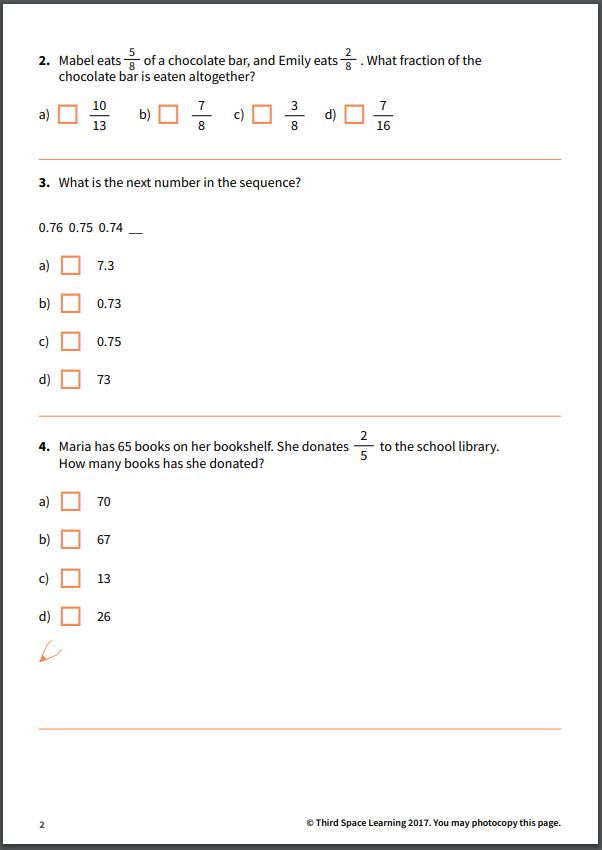
For pupils on our one to one maths interventions, we use a diagnostic assessment, which we call our ‘kick off quiz’ to understand pupils’ learning better.
This diagnostic assessment is responsive based on answers to earlier questions. This helps us to clearly identify not just misconceptions and weaknesses, but also where a child’s strengths lie.
All of this ensures we can plan a sequence of lessons to make the most impact on pupil progress.
3. Teach the vocabulary
With the new focus in the curriculum on knowledge organisers, there’s no excuse for children being without the relevant topic vocabulary. They need the words to be able to create the thoughts and the sentences to confidently speak about a given topic.
This is why our tutors will always talk through any specialist maths words at the start of a lesson with their pupils, explaining any new terms and checking for understanding of previously covered ones.
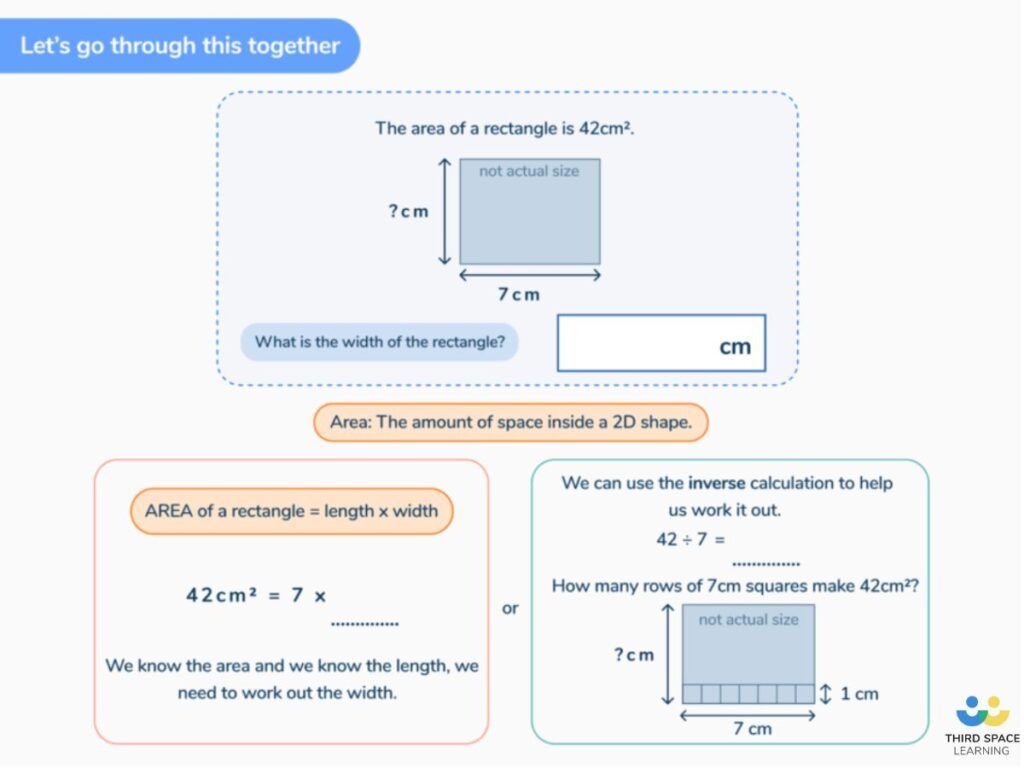
support pupils to understand key mathematical vocabulary.
4. Explicit instruction
Also known as direct instruction, this teaching strategy is highly teacher-led, and focuses on frequent questioning and guided practice to help pupils learn a topic.
The backbone of explicit instruction is the use of the worked example in an Example-Problem Pair. This involves demonstrating a worked example in its entirety in silence alongside a problem that pupils will then attempt.

Silence is important in order to ensure pupils’ attention is not split between the example and the spoken explanation, making it more likely that both will be more fully absorbed and retained.
A pupil on a Third Space Learning’s online maths intervention programme will necessarily have all other distractions eliminated so they can focus entirely on the information on their screen and what the tutor is asking them to do; tutors can present a worked example in real time in a learning environment without any visual or auditory disruptions.
5. Effective questioning techniques
While we are all aware of the importance of questioning as a tool to gauge pupils’ understanding of a topic, there are definite techniques to improve the efficacy of your questioning in the classroom.
Ask questions such as “Are you sure?” and “How do you know?”
This encourages pupils to engage in some basic critical thinking to establish how confident they are in an answer and why.
Ask questions such as “Is there another way?”
These questions help to highlight where multiple methods to derive a solution may exist and promote thinking, metacognition and problem solving skills.
Our tutors encourage pupils to verbalise their reasoning and ask questions to ensure pupils have really got to grips with the topic at-hand. Questions such as those below come up frequently during our sessions:
- “How do you know that answer is right?”
- “Can you tell me how else you could work it out?”
- “What do you need to do first to answer this question?”
Goal free problems are another questioning strategy worth considering using in your classes.
6. Deliberate practice
One of the most effective ways of introducing new concepts to a class, deliberate practice involves breaking learning down into a series of sub skills, each of which is deliberately practiced in turn.
The 5 steps involved in deliberate practice are:
- Isolate the skill
- Develop the skill
- Assess the skill
- Final performance
- Retrieval practice later
You can find a full explanation of each of these stages in our blog post on deliberate practice in education.
But as an example, when teaching long division method at KS2 we might use deliberate practice thus:
- Identify (isolate) each specific sub skill involved in the long division method;
- Practise (develop) each of these one by one;
- Assess pupils’ use of these skills before moving on;
- Have pupils put them all together for a final performance – in this case a full long multiplication problem;
- Return to this topic in later weeks and months to check pupils still retain those skills.
At the beginning of every Third Space Learning intervention session, pupils are given a warm-up question which isolates a skill needed for the topic. This enables tutors to conduct formative assessment to ensure pupils have the prerequisite skills and to diagnose any misconceptions.
Then, tutors can personalise the learning journey further to develop the skill at the correct pace and with the correct support to lead pupils towards more independent practice.
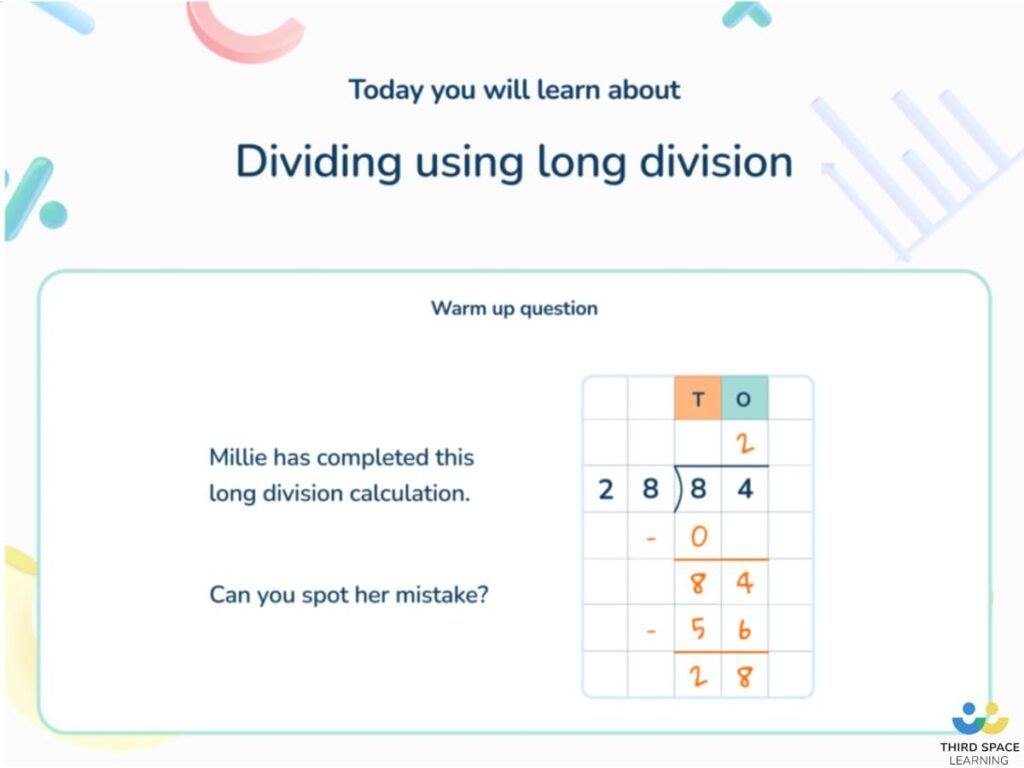
7. Differentiation
Far more than simply “splitting the whole class into small groups based on attainment”, positive and effective differentiation at the primary school level can be difficult to achieve – poor differentiation strategies risk actually widening the attainment gap we’re attempting to close.
But there are plenty of impactful differentiation strategies; techniques such as interleaving and phased learning, as well as the use of maths manipulatives and formative assessment, are among those proven to have a beneficial impact on pupils when properly employed.
As we’ve already discussed, formative assessment is a significant aspect of how Third Space’s tutors gauge pupil progress. But we also make use of several other differentiation strategies during lessons, such as spaced practice, interleaving and a mixture of direct instruction and inquiry-based learning.

8. Classroom management strategies
In recent years, many teachers and schools can agree that ideas around classroom management have developed far beyond punishment and reward.
As the teacher in the room, you must use classroom management strategies to establish and maintain a positive classroom environment that fosters active learning.
One important way to do this is to make a conscious shift to recognise and praise effort, not only achievement.
Be specific in the feedback and praise you give pupils to highlight this. In Third Space Learning’s online intervention, we establish an effort-focussed environment through our praise stickers:
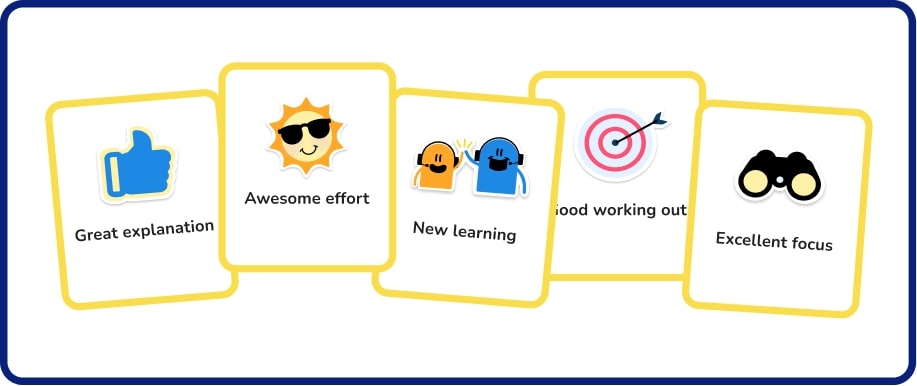
In our sessions, we encourage pupils to talk through their answers and celebrate their mistakes as learning opportunities, ensuring they approach each intervention as another chance to try.
9. Metacognition
Literally ‘thinking about thinking’, metacognition has been recognised by the EEF as one of the most effective, lowest cost teaching strategies there is, with pupil making an average of seven months’ additional progress.
Metacognition in primary schools often incorporates some of the other effective teaching strategies, such as questioning in the classroom – “How do you know?” not only asks pupils to justify their solutions, but has them thinking about their own thought processes for deriving that solution.
Teaching pupils how to learn maths, plan, monitor and self-evaluate their learning also improves pupil motivation and encourages them to work harder in lessons. Metacognition is also one of the most effective intervention strategies for schools.
All our tutors are trained to use a variety of metacognitive strategies as standard during sessions, and we provide pupils with numerous moments for self-reflection both during and after sessions.
10. Personalised learning
Evidence shows that pupils are more likely to engage with learning when is targeted to them and appeals to their interests.
This may be difficult to achieve early on – especially with a full class of 30 pupils – but as familiarity and rapport builds throughout the year it should become easier to make activities and even questions more personalised to individual children.
At Third Space Learning, personalisation is built into our programme from the start. All of our pupils undertake an Initial Diagnostic Assessment before they begin their sessions, which identifies their strengths and weaknesses in maths. This informs the sequence of lessons to create a personalised learning journey designed to address learning gaps.
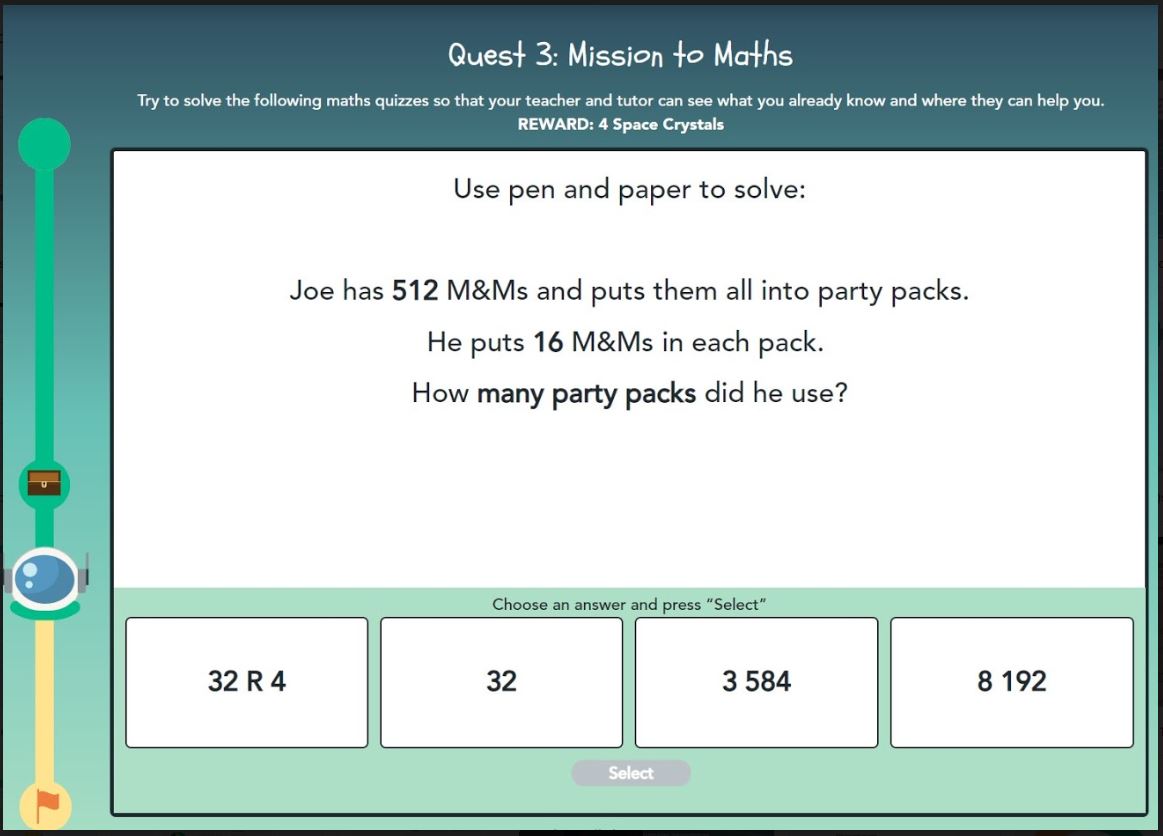
Our tutors then build on this by adding a personal touch to those lessons, incorporating pupils’ interests into lessons with ease thanks to our online platform.
11. Experiential learning
Experiential learning is the use of real-world scenarios to engage students and promote learning beyond worksheets and textbooks.
Often, pupils will work on these real-world scenarios through cooperative learning, working with other pupils. This can have an excellent influence on positive relationships in the classroom and develop wide ranging communication skills.
However, the EEF notes that the impact of group work can vary widely, and that to make it most effective teachers should focus on well-structured tasks that promote talk and interaction between pupils.
12. Explicitly teach thinking skills & problem solving techniques
Mathematical problem solving techniques don’t always come naturally to pupils; while metacognitive strategies such as those mentioned above make it more likely that pupils will be able to apply critical thinking to a problem, there is no set way to ensure that this will happen.
Research into the topic suggests that context-agnostic deployment of problem solving techniques only occurs once pupils have secure domain knowledge, and the opportunity to practise.
Without these, pupils often fall into the trap of attributing importance to the so-called ‘surface features’ of a problem, which we naturally discount as irrelevant to the actual maths involved.
That said, explicit teaching of thinking skills is still of considerable importance; once domain knowledge has been (relatively) secured, teaching pupils how to recognise and focus on the ‘deep structure’ of problems enables them to apply their knowledge more effectively.
Try using several ‘Same Surface Different Deep’ SSDD problems in lessons – where the surface features of the questions are the same, but the deep structure varies (e.g. division, multiplication, addition etc.).
These questions eliminate any confusion regarding surface features and thus allow pupils to focus on differentiating the deep structures.
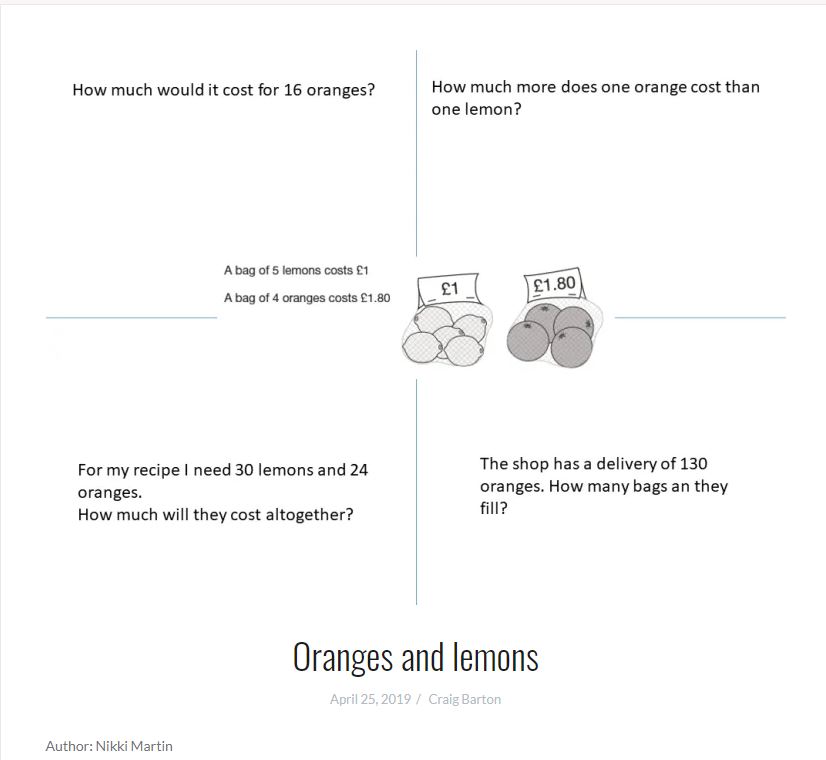
In the run-up to the SATs, your Year 6 pupils may unintentionally revert to focusing on the ‘surface features’ of questions when encountering the reasoning papers.
To help combat this, make sure you and they are aware of the different types of maths reasoning questions in year 6 to help them identify not just the maths problem solving techniques they need to know, but the types of questions that are likely to require certain techniques.
13. Modelling and scaffolding
Modelling
Modelling is an essential first stage of learning. Students can see problem solving and complex processes broken down into simple steps. Additionally, teachers can verbalise their cognition at each stage.
This teacher-led modelling can introduce new concepts without resulting in pupils’ cognitive overload. Once pupils are familiar with the process, they can work towards more independent practice.
“I do, We do, You do” is a popular method to achieve this and what Third Space Learning uses to support pupils towards independent practice. It is an effective method as it allows teachers and tutors to use scaffolding to flexibly provide enough support and challenge for each individual pupil.
Scaffolding
Scaffolding is the careful use of support to novice learners to enable them to complete a task successfully. The aim of scaffolding is to gradually remove this support so that pupils may eventually work independently.
Scaffolding with support slides
All Third Space Learning intervention lessons make use of modelling and scaffolding method using ‘I do, We do, You do’. Our online platform lends even more flexibility to the scaffolding structure. Tutors can pull from a bank of ‘support slides’ if spending more time on a concept or process is necessary.
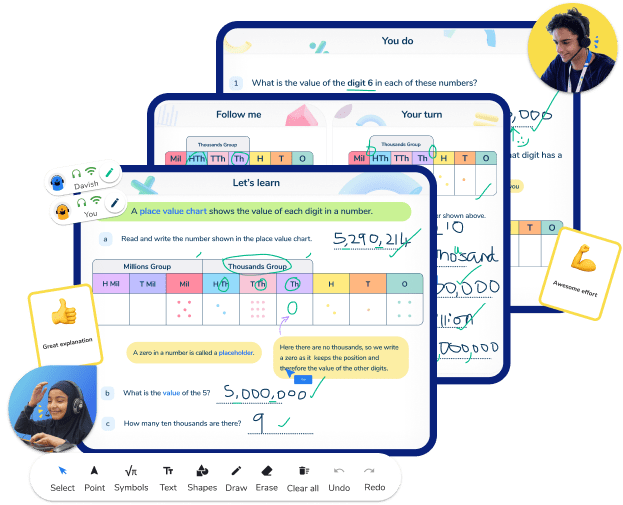
7 additional popular teaching strategies
Those are the 13 most effective teaching strategies but, of course, they’re not the only ones that you’ll use in your lessons. The following list provides 7 additional popular teaching strategies that it’s still important to know about as a teacher – and to understand where they are most appropriately deployed.
1. Classroom technology
There are a growing number of excellent online learning tools, websites, and apps to enhance and complement your teaching however, bringing technology into the classroom is a delicate balancing act. There’s always the risk that technology can be a distraction and that pupils will focus on the tech over the learning. Use your professional judgment to review the latest apps and tools and don’t be afraid to stick with the tried and tested pen and paper!
2. Blended learning
Blended learning is the combined use of technology alongside traditional classroom learning. It is a valuable teaching strategy that allows pupils to recap and retrieve learning at their own pace and helps to empower pupils to become more independent learners. During the pandemic and resulting school disruption, many schools and teachers were thrust with the challenge of online and blended teaching. Teachers across the UK upskilled quickly and many continue to offer a blended learning approach with homework, recorded lessons, revision videos, and more offered online to pupils in addition to their in-classroom learning.
3. Feedback
Feedback is a well-evidenced teaching strategy according to the EEF. High-quality feedback should give feedback on a pupils performance in relation to a learning goal, and provide information to the pupil on how to improve. Feedback should be:
- Timely – give feedback during, immediately after, or some time after a learning activity, but ensure it is timely and actionable
- Specific – give detailed explicit feedback that clearly explains how pupils can progress
- Provide feedback for both correct and incorrect answers or approaches – give feedback on what or how a pupil did well
Read more: Why My School Banned Marking
4. Inquiry-based instruction
While triggering the curiosity of your pupils for a topic is the necessary first step in inquiry-based learning, presenting them with the opportunity to research and report on the topic is where learning really occurs.
5. Flipped classrooms
A flipped classroom is a teaching strategy where pupils are introduced to learning content before the lesson (for example, through homework, pre-reading, etc.) to prepare for their class. In-classroom time is therefore used to deepen pupils’ understanding through class discussions and activities. This strategy gained popularity in the 1990s and 2000s and with the recent advancements in online and blended learning, flipped learning can be made easier to manage and to share resources in advance of a lesson online.
6. Peer instruction
Peer instruction is linked with flipped classroom learning. Peer instruction also requires pupils to engage with learning materials before class. When they are in the classroom, the teacher sets questions and activities for students to work through in groups. The pupils deepen their understanding through discussion and the teacher can monitor and assess their understanding. Teachers can identify any misconceptions or challenges and address these during classroom time. This approach is not to be confused with peer tutoring, when (typically) an older pupil tutors a younger pupil who may be struggling. However, this can be an effective tutoring approach according to the EEF.
7. Gamification
Gamification is the use of games in learning. This is not only excellent for motivating pupils, but it can also:
- develop working memory, language, and motor skills.
- provide an opportunity for repeated practice and retrieval practice in new situations
- develop number sense
- remove fear or anxiety sometimes associated with new learning
Mathematics can be especially well-suited for gamification as pupils can explore their learning through low-stakes games and puzzles.
Read more
- Quality First Teaching Strategies Checklist
- Cognitive Load Theory In The Classroom
- Teaching Bottom Set Maths
- EEF Putting Evidence To Work Report Summary
- Primary School Teachers’ Guide To Learning and Memory
- What Is Variation Theory
- Dyscalculia In Schools: A Guide To Identifying And Supporting Pupils With ‘Maths Dyslexia’
- ADHD In The Classroom
List of learning strategies
Last, but not least, central to any good teaching practice is explicitly teaching learners of all ages about learning strategies. These are the 6 learning strategies we think every student should be familiar with by the end of Year 6.
1. Spaced repetition
Ensuring that learned material is revisited at regular intervals through spaced repetition instead of all at once much later when more of it is likely to be forgotten. For older students, study calendars can be of immense help in the run-up to major milestones such as the KS2 SATs.
2. Retrieval practice
Retrieval is the process of recalling information purely from memory, without the aid of learning materials. Effective retrieval practice helps embed information more thoroughly in our minds, since we no longer need context to recall it.
3. Elaboration
Tied into questioning in the classroom, elaboration puts the onus on pupils to do more than ‘just’ recalling information. The use of open ended questions such as “How did I get that answer” help pupils to make connections between the things they’ve learnt rather than seeing them as several unrelated facts.
4. Interleaving
A wealth of research is now available that suggests the benefits of interleaving – mixing practice of different skills with one another – in helping pupils better identify the necessary strategies to solve different problems. Interleaving with connected topics (e.g. division and multiplication) amplifies this effect. Our Year 6 maths revision programme is built on this.
5. Concrete examples
As maths educators the Concrete Pictorial Abstract Approach is embedded into the way we teach. Within our online tuition, we have many different ways of explaining a topic and as an extension we may ask pupils to come up with their own concrete examples for concepts, based on the examples we’ve used in explaining the concept to them.
6. Dual coding
Combining words and visuals in teaching materials. This isn’t referring to speech (as we established earlier), but having pupils create some kind of visual aid (e.g. a sketch, a diagram) to accompany written text can help them reinforce the concept in their brain in two different ways, making it easier to recall. Anyone who’s created slides for their pupils will be familiar with the challenge of imparting information through words + pictures.
References
- Hattie’s index of teaching & learning strategies and their effect size
- EEF Teaching and Learning Toolkit
- ResearchEd
- Teaching in Effective Primary Schools: Research into Pedagogy and Children’s Learning (Siram, Taggart et. al) published by UCL IOE Press.
DO YOU HAVE STUDENTS WHO NEED MORE SUPPORT IN MATHS?
Every week Third Space Learning’s specialist school tutors support thousands of students across hundreds of schools with weekly online 1 to 1 maths lessons designed to plug gaps and boost progress.
Since 2013 these personalised one to 1 lessons have helped over 150,000 primary and secondary students become more confident, able mathematicians.
Learn how tutors build rapport or request a personalised quote for your school to speak to us about your school’s needs and how we can help.
